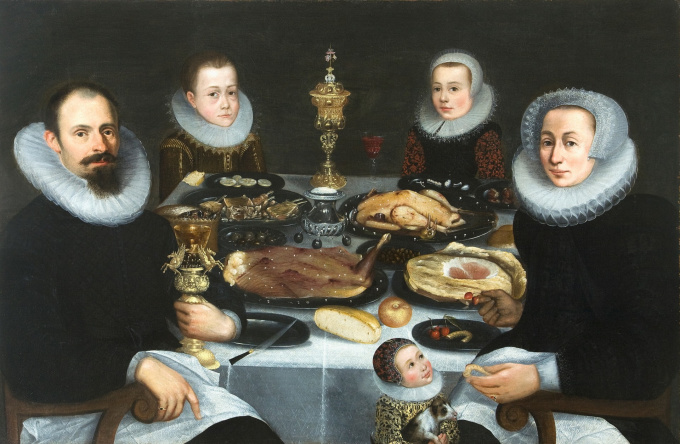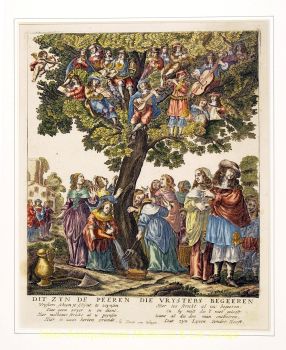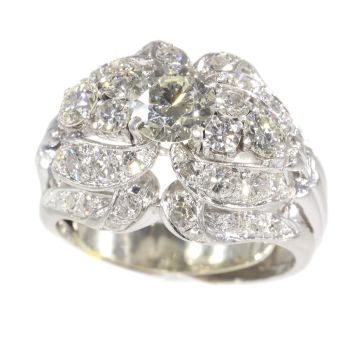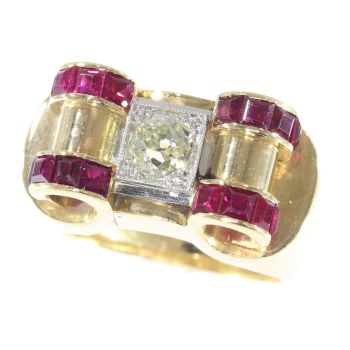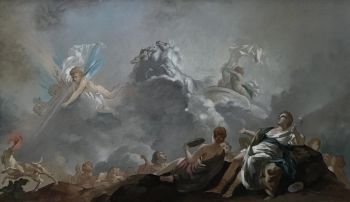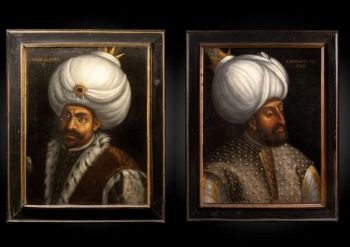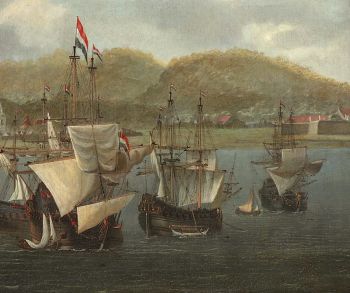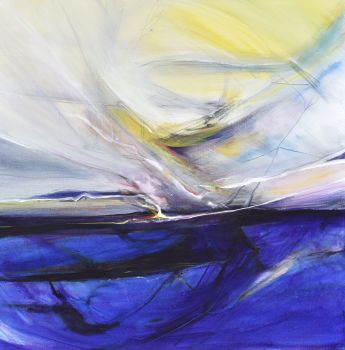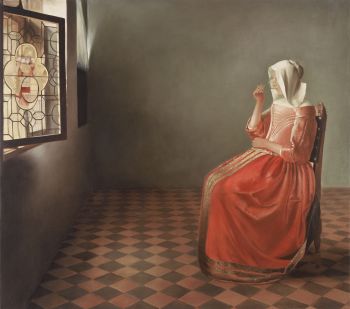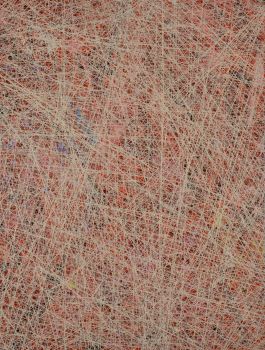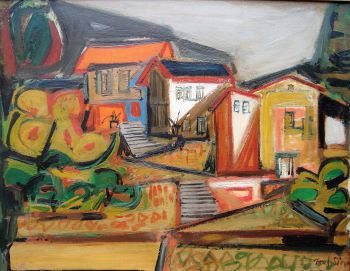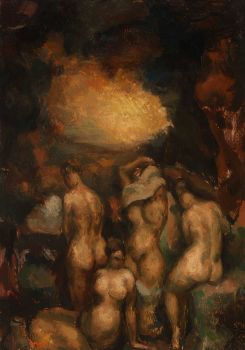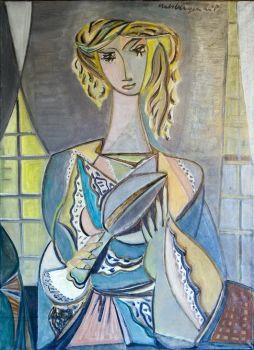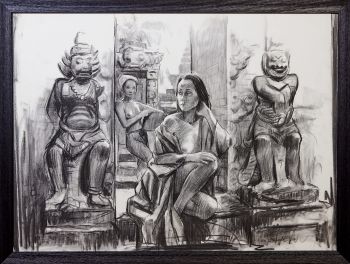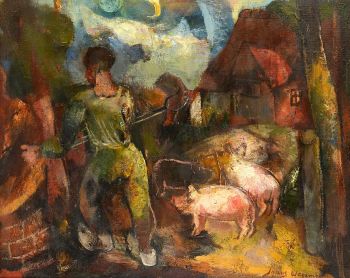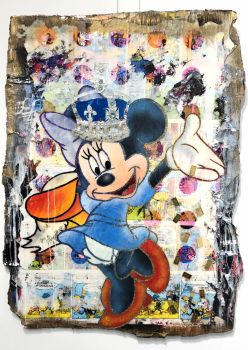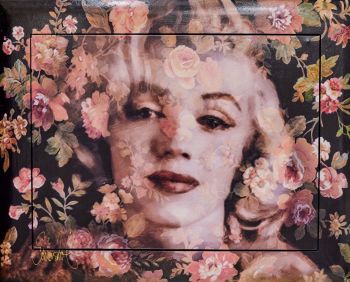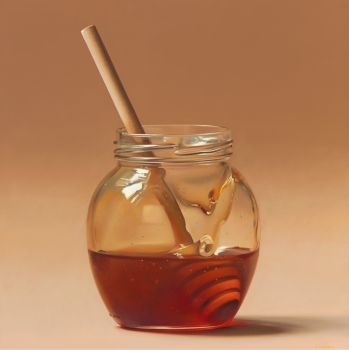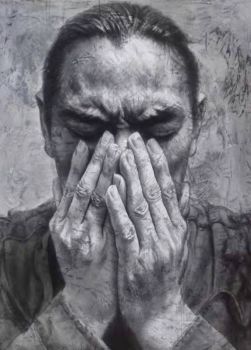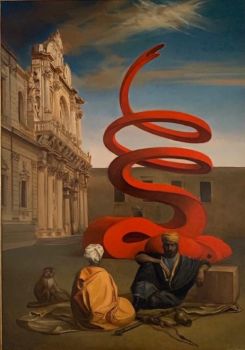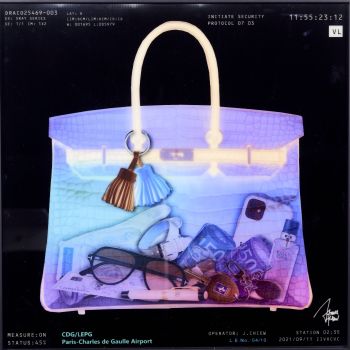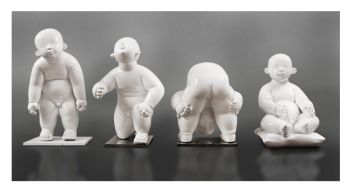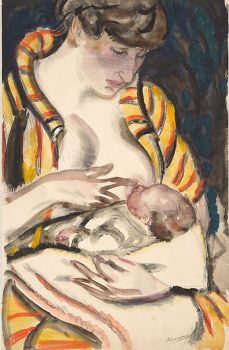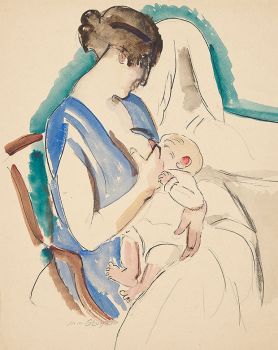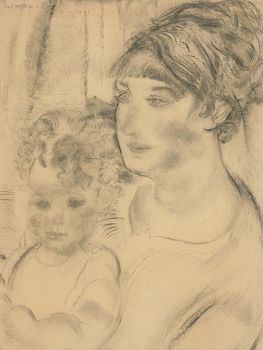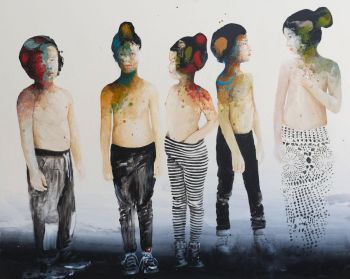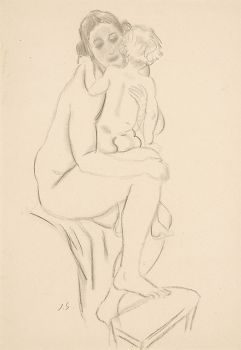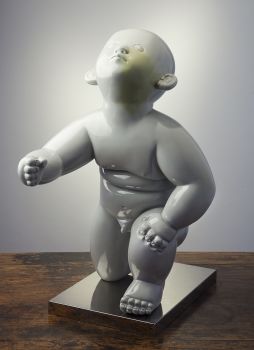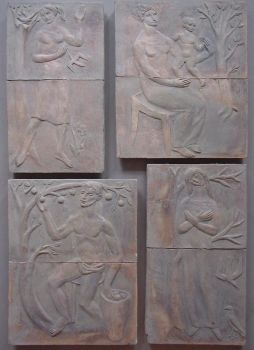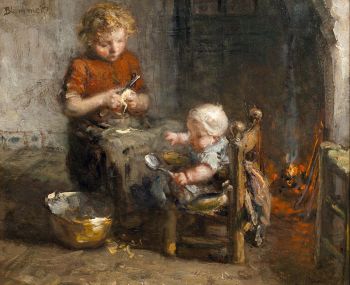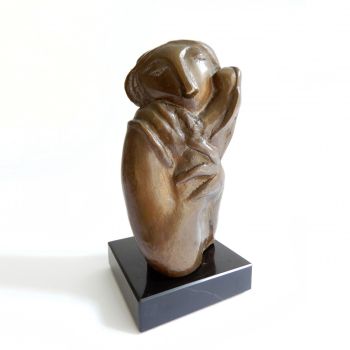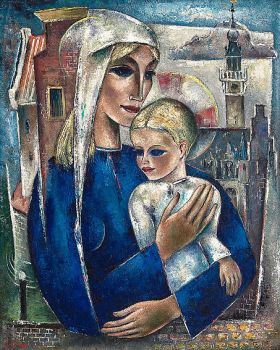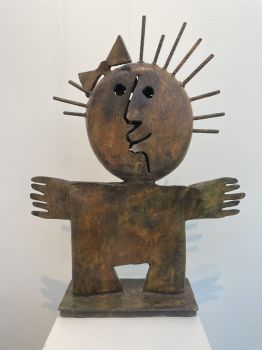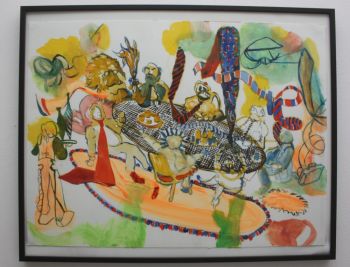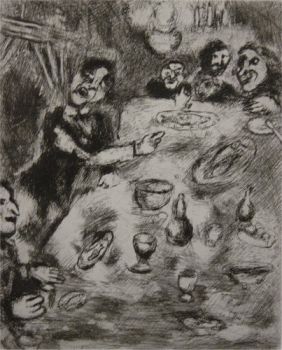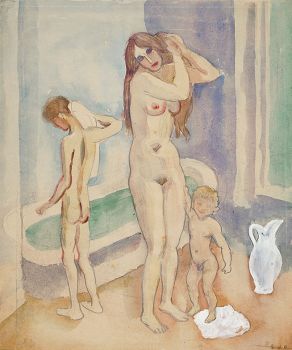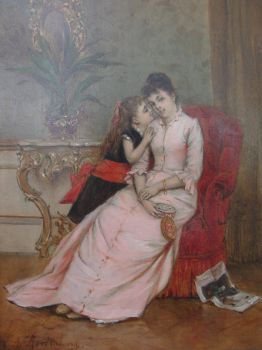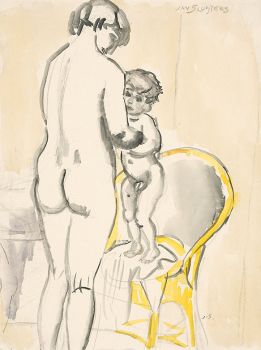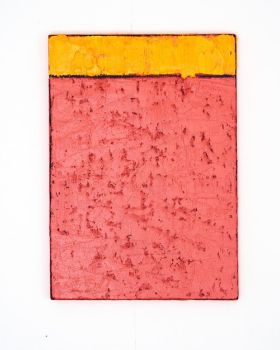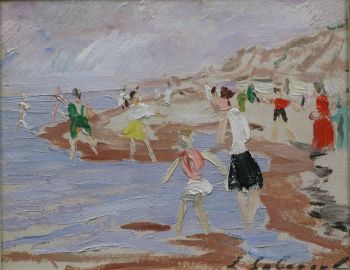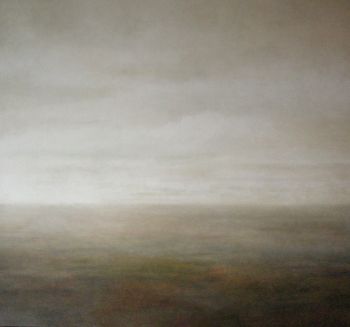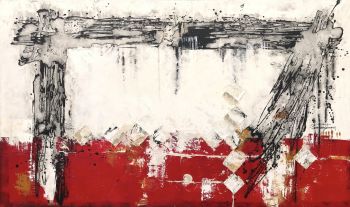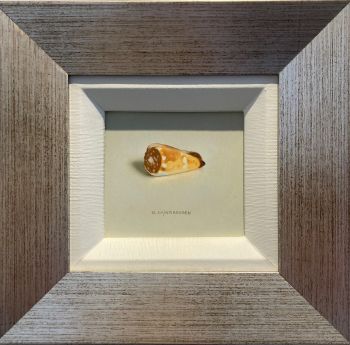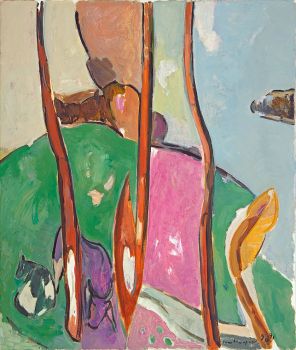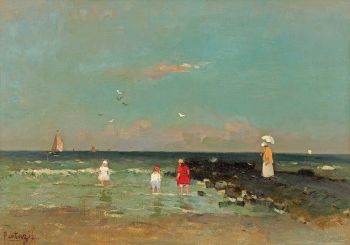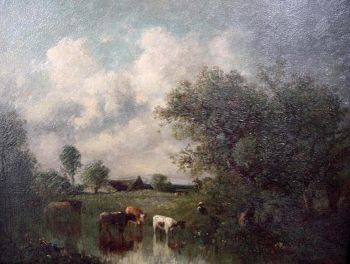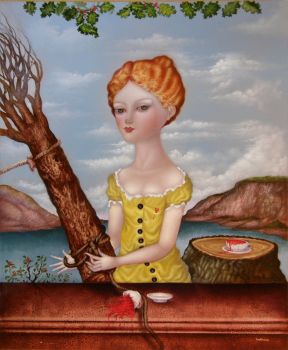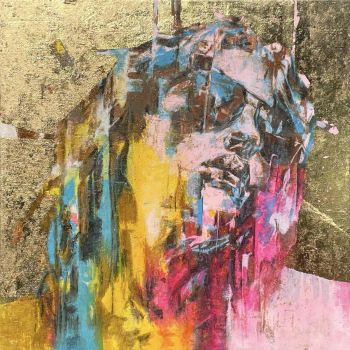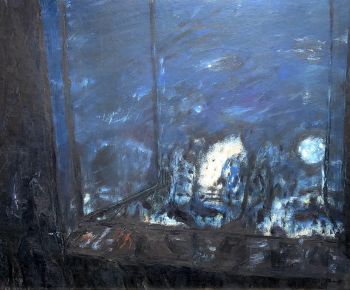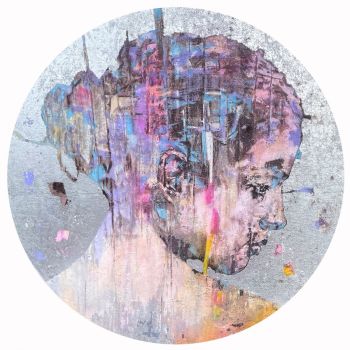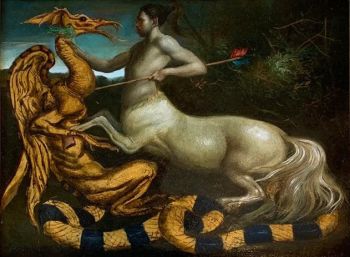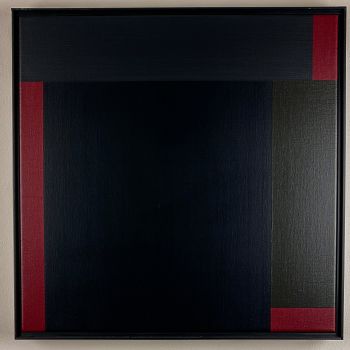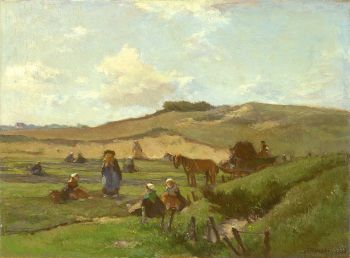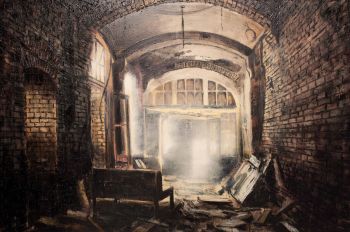Portrait of a Patrician family 1610
Artista Desconhecido
Pintura a óleoPintar
101 ⨯ 152 cm
Atualmente indisponível via Gallerease
- Sobre artePORTRAIT OF A PATRICIAN FAMILY
with an unidentified monogram/coat of arms and star on the blade of the knife | circa 1610 | oil on canvas | 152 x 101 cm
Provenance: Dutch private collection by descent
This portrait of a patrician family, seated around the table, is a rare and important piece within the art history of the early 17th century. It can be dated circa 1610, on the basis of its stylistic features and the presented objects. Only a few family portraits, with the family members gathered around a table, are known from the first quarter of the seventeenth century. This painting has been in the possession of a distinguished Dutch family for centuries.
The family portrait shows a wealthy family, who are seated at a lavishly set table. The husband and wife are seated at the most prominent places of the painting, according to traditional conventions. The father, as head of the family, confidently raises his berkemeier, a typical glass, which is mounted on a so –called bekerschroef. His wife is holding two cherries and a broken krakeling. Even though the children take in a central place in the painting, there is a hierarchy within the family. It was rather unusual for children to be seated at the table. They were expected to remain standing, as depicted here. Furthermore, from a hierarchical point of view, the boy was painted next to his father and the girl next to her mother.
The rich clothing, abundance of food and the precious objects that were placed on the table are means to impress the beholder. The exotic fruits, sweat meat, olives and salt were costly products, imported from distant countries. The silverware and delicate glasses are likely to have been part of the family estate. The silver salt cellar in this painting is very exceptional. It occurs in paintings by Osias Beert (1580-1624) and Clara Peeters (1594-1657), but has not been found in literature on antique silver yet. The clothing, with
fine lacework and gilt-thread embroidery conveys the message of wealth and abundance.
The painter managed to capture this special moment for posterity and this portrait was without doubt the show piece of the family. - Sobre artista
Pode acontecer que um artista ou criador seja desconhecido.
Algumas obras não devem ser determinadas por quem são feitas ou são feitas por (um grupo de) artesãos. Exemplos são estátuas dos tempos antigos, móveis, espelhos ou assinaturas que não são claras ou legíveis, mas também algumas obras não são assinadas.
Além disso, você pode encontrar a seguinte descrição:
•"Atribuído a …." Na opinião deles, provavelmente uma obra do artista, pelo menos em parte
• “Estúdio de…” ou “Oficina de” Em sua opinião um trabalho executado no estúdio ou oficina do artista, possivelmente sob sua supervisão
• "Círculo de ..." Na opinião deles, uma obra da época do artista mostrando sua influência, intimamente associada ao artista, mas não necessariamente seu aluno
•“Estilo de…” ou “Seguidor de…” Na opinião deles, um trabalho executado no estilo do artista, mas não necessariamente por um aluno; pode ser contemporâneo ou quase contemporâneo
• "Maneira de ..." Na opinião deles, uma obra no estilo do artista, mas de data posterior
•"Depois …." Na opinião deles uma cópia (de qualquer data) de uma obra do artista
• “Assinado…”, “Datado…” ou “Inscrito” Na opinião deles, a obra foi assinada/datada/inscrita pelo artista. A adição de um ponto de interrogação indica um elemento de dúvida
• "Com assinatura ….”, “Com data ….”, “Com inscrição ….” ou “Tem assinatura/data/inscrição” na opinião deles a assinatura/data/inscrição foi adicionada por outra pessoa que não o artista
Artwork details
Related artworks
- 1 - 4 / 12
Artista Desconhecido
Copo de beber Cristallo façon de Venise1600 - 1650
Preço em pedidoPeter Korf de Gidts - Antiquairs
Artista Desconhecido
A Surinam-themed Amsterdam long-case clock1746 - 1756
Preço em pedidoZebregs & Röell - Fine Art - Antiques
 Com curadoria de
Com curadoria deGallerease Magazine
 Com curadoria de
Com curadoria deDanny Bree
Artista Desconhecido
Een Gotische zuidelijke Nederlanden wandklok1580 - 1590
Preço em pedidoNico van den Assem restauratie
1 - 4 / 24- 1 - 4 / 24
 Com curadoria de
Com curadoria deGallerease Magazine
1 - 4 / 24Johannes Evert Akkeringa
'Nettenboetsters' in the Dunes1861 - 1942
Preço em pedidoStudio 2000 Art Gallery
1 - 4 / 24

